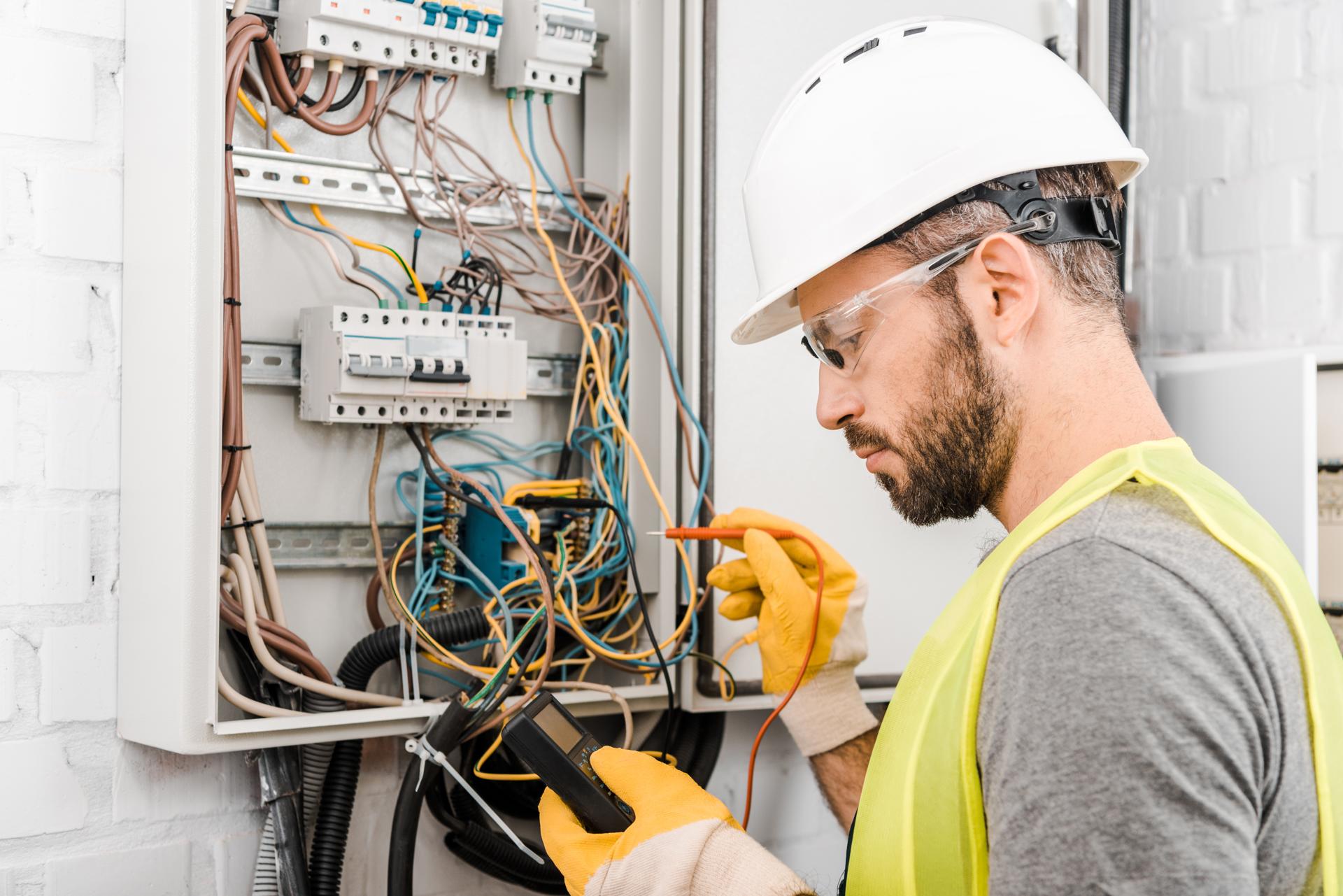Understanding the Basics of Electrical Wiring in Your Home: A Step-by-Step Guide

Electricity is an essential component of our lives, powering everything from the lights in our homes to the devices we use every day. But electrical systems can be a bit complicated, and understanding how they work can be challenging. In this article, we’ll break down the components of an electrical system and explain how circuits work to power devices and appliances. Our residential electricians can handle any electrical jobs you need.
The components of an electrical system
An electrical system has several essential components that work to supply power to the home. These include:
Breaker box: the central source of electrical energy in a house in which the power is split into various circuits
Outlets and switches: the points where electricity is delivered to appliances and devices
Wiring: the wires that transport power from the breaker box, to the outlets and switches
Electrical appliances and devices: the appliances and gadgets that rely on electricity to function
Electrical Circuits
An electrical circuit is a path that allows electricity to flow from the source (the breakers box) to the appliances and devices in the home. There are two types of electrical circuits found in the home that are 120-volt and circuits with 240-volt voltage. 120-volt circuits are used for most household devices and appliances, while 240-volt circuits are used to power larger appliances, such as dryers and air conditioners.
Electrical circuits work by completing a loop that allows electricity to flow from the source to the appliance or device. The loop is made up of a hot cable that transports the power along with a neutral wire that completes the circuit and a ground wire , which is the pathway for the electricity to get to the ground in the event the fault occurs.
Understanding the electrical Wiring
Electrical wiring is available in a variety of kinds, such as non-metallic sheathed wire (NM), armored cable (AC), and conduit. Each comes with its own pros and drawbacks, and the choice of the wiring type is contingent upon the specific requirements for the particular installation.
Electricity travels through wiring through a flow of electrons in the wire. The electrons flow between the origin and the appliance or device, and back to the source using the neutral wire. It is essential to ensure the wiring is put in place and maintained properly, since improper wiring can cause electrical hazards like shocks and fires.
Common Electrical Problems
Some common electrical problems in homes include tripping breakers, flickering lights and disconnected outlets. These problems can be caused due to a variety of reasons, including overloading circuits, broken connections, and defective wiring.
If you experience any of these issues it is essential to determine the source and take action to fix the problem. In certain instances it may be necessary to contact a licensed electrician to examine and fix the wiring.
Concluding as well as a Call to Action
In the end, knowing the way electrical wiring functions is vital to ensure the safety and security of your home’s electrical system. If you follow the rules laid out in this document, you can stay safe and prevent potential hazards.
If you have any questions or concerns regarding the electrical system in your home do not hesitate to call Local Electrician Melbourne. Our team of licensed electricians have the knowledge and expertise to meet your electrical needs. Contact us at 1300 938 582 to schedule a consultation.
FAQ
What are the indicators of faulty electrical wiring?
The signs of an electrical wiring issue could include tripping breakers flickering lights, or dead outlets, among others.
When should I schedule my home’s electrical system inspected?
It’s recommended that you have your home’s electrical system examined by an accredited electrician every 10 years.
What is the life expectancy for electrical wires?
The life expectancy of electrical wiring depends on many factors, such as the type of wiring used, the setting it’s placed in, and the quality of the installation. In general, electrical wiring will last for up to 30-years or longer if it’s installed with the proper installation and maintenance.
Do I have the ability to fix electrical issues by myself or should I engage an electrician?
While some electrical problems can be fixed by homeowners, it’s advised that you employ an authorized electrician to complete most electrical repairs. If you attempt to fix electrical issues with no proper training or knowledge can be risky and can result in damage or injury in your house.
What should I do if I have an electrical issue within my home?
If you encounter an electrical problem first thing to do is to shut off the power supply to the affected area by shutting off the breaker or fuse. Then, contact an accredited electrician to inspect and repair the problem as quickly as you can.
If you follow these tips By following these rules, you can ensure security and reliability of your home’s electrical system and prevent possible dangers. Remember, when it comes to electrical repairs as well as installations, it’s best to trust the experts. Reach out to Local Electrician Melbourne at 1300 938 582 for all your electrical concerns.
